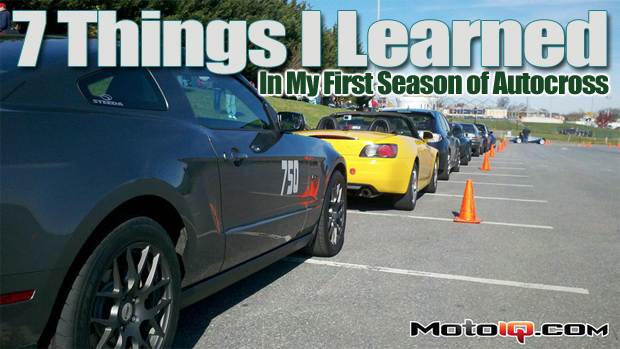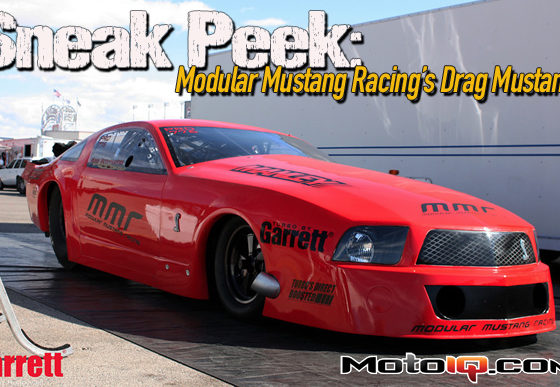
Seven Things I Learned in My First Season of Autocross
By Vince Illi
I’m waiting with bated breath for my first autocross event of the year. This has led me to think back on what I learned during my first season of autocross last year. Obviously my experience was with autocross, but a lot of these tips apply to road courses, as well.
Your Car is More Capable than You Think
This won’t be a shock for anyone who actually races cars, but if your only experience in motorsports has been accelerating in a straight line for a quarter mile or so, you really have no idea what even a “basic” vehicle is capable of. I read once that the average driver would rather veer off the road than pull a 0.4-G turn. Even your average, run-of-the-mill econobox is capable of nearly double that in lateral acceleration.

So it was quite a shock to me when I started racing in autocross. A car is capable of much, much more than what it routinely does during street driving. As an example, take your vehicle out to an empty parking lot or deserted back road, drive up to about 25 MPH, and then stand on the brakes. I’m willing to bet if you’ve never done this before you would be surprised just how quickly your car will stop, especially if it’s equipped with antilock brakes. Likewise, your car is capable of carrying much more speed through a turn than it (legally) does on most roads. To put things in perspective, I was 20-25 seconds behind the average time during my first autocross, simply because I was still driving the vehicle like I was on the street! (I also felt I was going ludicrous speed and would go to plaid if I went any faster.)
Get Your Tire Pressures Right
Invest in a good, accurate tire pressure gauge. Start out by adding more pressure than you normally would run on the street. The fast transitions of autocross are murderous on your tires, so you want those sidewalls as firm as possible without causing the car to skate around. For reference, I run between 34 and 36 PSI on the street. At autocross, I run 40 PSI on the fronts and 38 PSI on the rears.
 |
| Sitting on the grid between runs is when you should experiment with tire pressures. |
Learning to “read” your tires will help you get the tire pressures right. I had the luxury of using brand-new tires at one of my events. The tires were so new that they still had the “nubs” on them left over from the manufacturing process. After two runs, I noticed that the nubs were worn off the front tires, but not the rears. In other words, my rear tires were being under-utilized. I fixed this by dropping the rear tire pressure by 2 PSI.If you aren’t running brand-new tires, you can read how they are being used by using chalk or an infrared thermometer. To use the chalk method, scribe a line on your sidewall from the wheel rim straight outward to the tread. After one run, look at the chalk line. The amount of it that is rubbed off will show you how much of your sidewall is being folded under during hard cornering. If a lot of the line is rubbed off, increase the tire pressure.
The infrared thermometer method is much more accurate. Immediately after a run, take temperature measurements of the outside, middle, and inside of a tire’s tread surface. Ideally, the temperatures should be approximately equal. A tire that is being utilized will be hot. So, if the center is hotter than the edges, the center of the tire is being utilized more, which means your tires are over-inflated. The opposite (edges hotter than the center) means your tire is under-inflated. If one edge is hotter than the other, your camber needs to be readjusted.
Be Smooth
Once you get past the mental block of pushing a vehicle to its true limits, you have to begin working on actual driving techniques. The first one to focus on is smooth transitions. All inputs to a car, whether they be steering, braking, or throttle, should be “eased” into. Being smooth in these transitions helps you prevent over application of steering, braking, or throttle, which will in turn require correction halfway through the corner, scrubbing off your speed.



